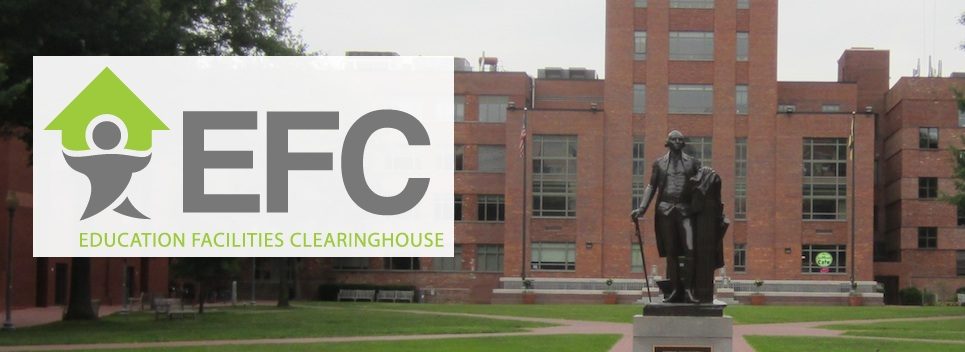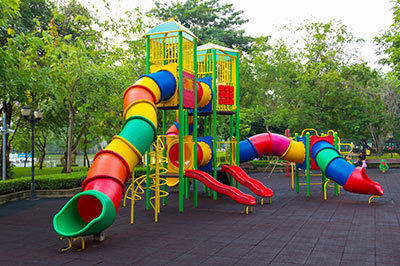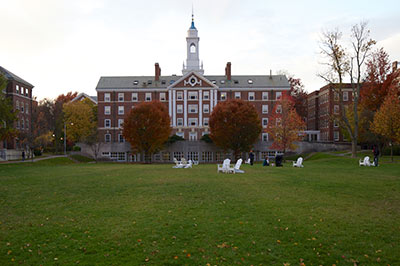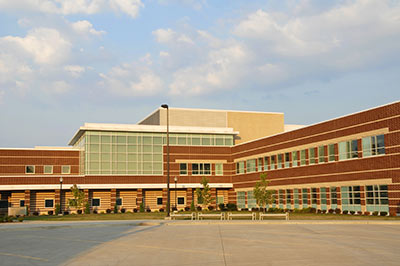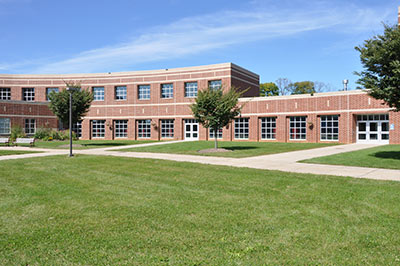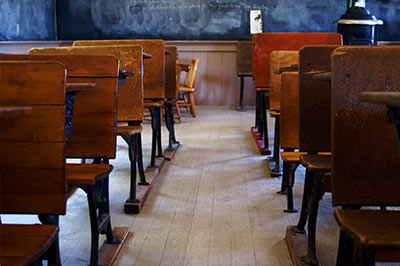Vence, 2012
When children go to a playground, fun is the ultimate goal—especially with so much to choose from. Twisty slides, crawl-through tunnels, swings, monkey bars and more can keep children entertained for hours. But, ahead of having fun, safety still needs to be the No. 1 priority.
The fact is that the main source of playground injuries is falls to the surface, though "there are three other areas that need attention because they are related: supervision of the children, age-appropriate design (taking the children to the wrong age level of equipment) and equipment maintenance (the equipment may be broken)," said Donna Thompson, Ph.D., executive director of the National Program for Playground Safety (NPPS), a Cedar Falls, Iowa-based nonprofit organization that delivers training and services about outdoor play and safety.
